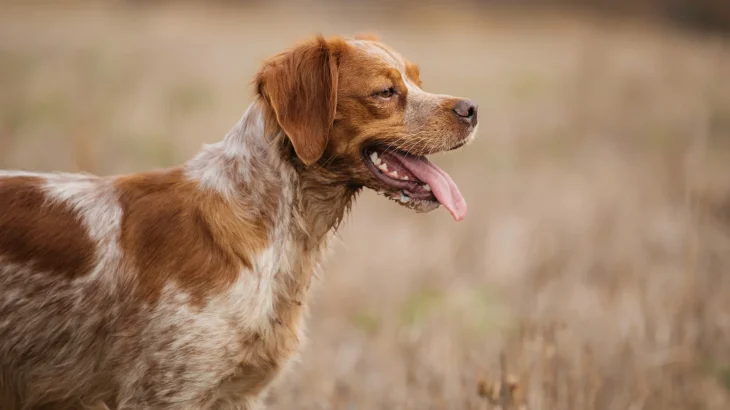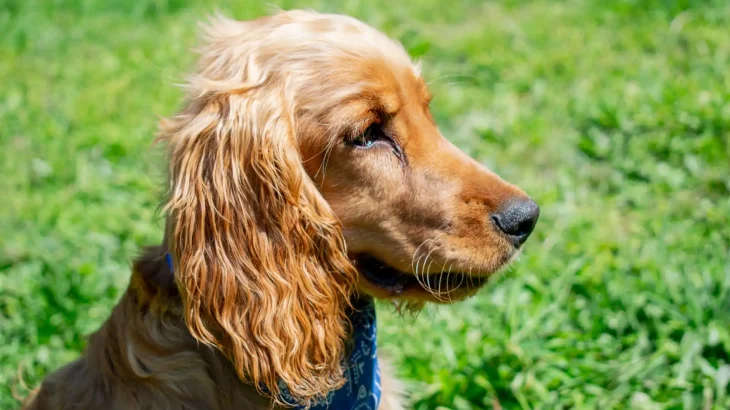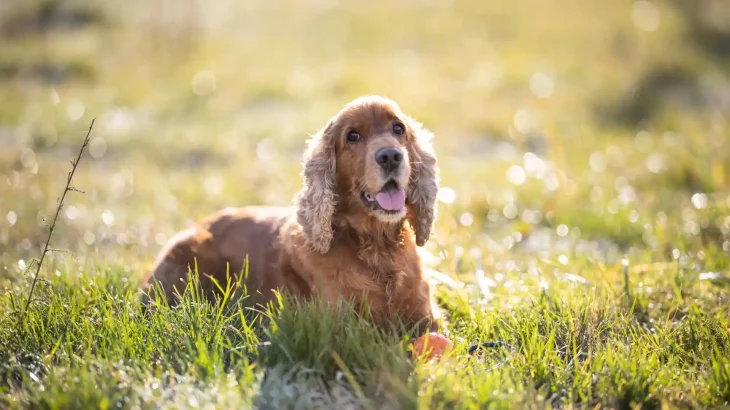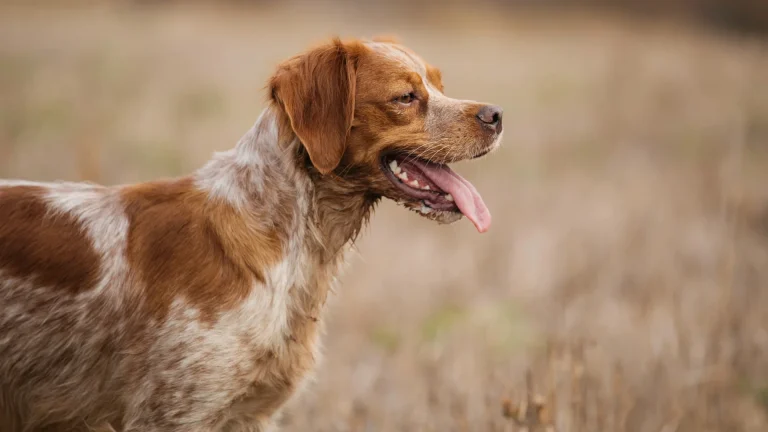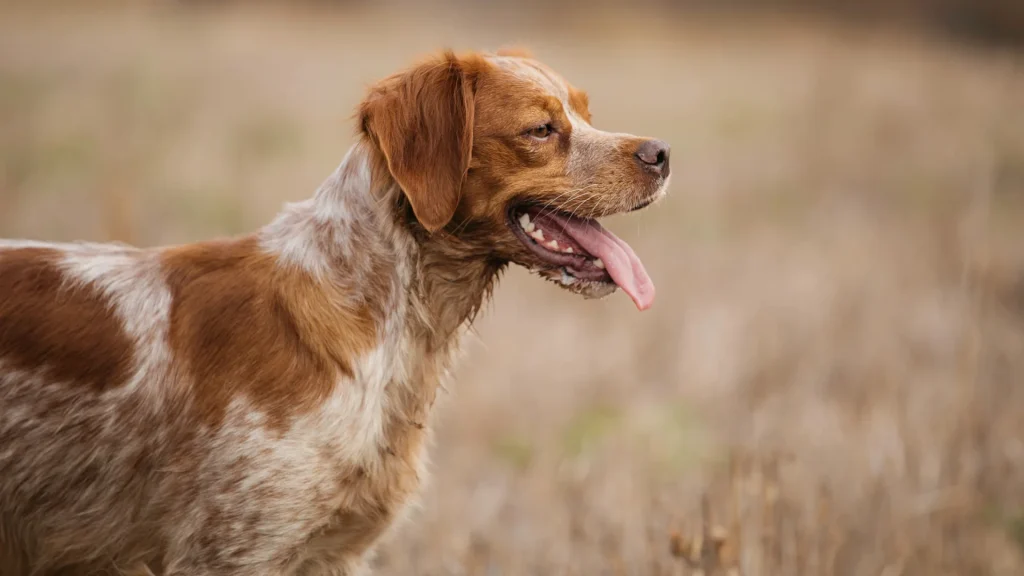Deciding whether to bring home a Picardy Spaniel puppy through adoption or purchase depends largely on what matters most to you, such as cost and health transparency. Purchasing from a breeder generally guarantees more detailed health and pedigree information, while adoption offers a chance to provide a loving home to a dog that might otherwise remain without one.
Adoption vs. Breeder: Pros & Cons
| Criteria | Buying from Breeder | Adopting from Shelter/Rescue |
|---|---|---|
| Cost | Usually higher upfront cost reflecting purebred status and lineage verification. | Lower adoption fees, often including initial vaccinations and spaying/neutering. |
| Health History | Comprehensive health screening and genetic background provided by reputable breeders. | Health history may be partial or unknown; basic vet checks are done before adoption. |
| Age Availability | Primarily puppies, allowing early bonding and training. | Varies widely, with options for puppies to adults needing homes. |
| Temperament Insight | Breeders can often provide temperament tendencies based on lineage. | Shelter staff can share behavioral observations, but full personality profile may be limited. |
| Supporting Practices | Supports preservation of breed standards; essential to choose ethical breeders. | Supports animal welfare by rescuing dogs in need of homes. |
| Breed Purity & Pedigree | Guarantee of breed purity with pedigree documentation. | Breed may be mixed or uncertain without official documentation. |

